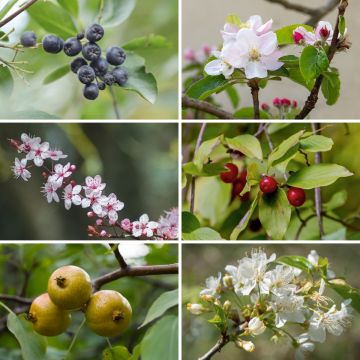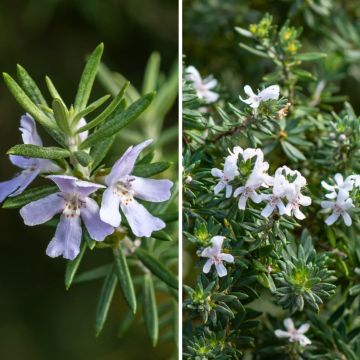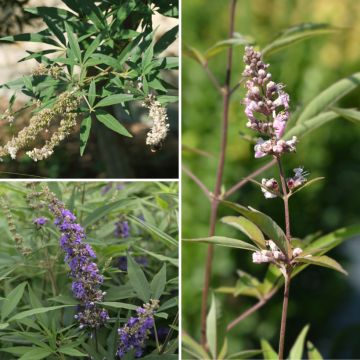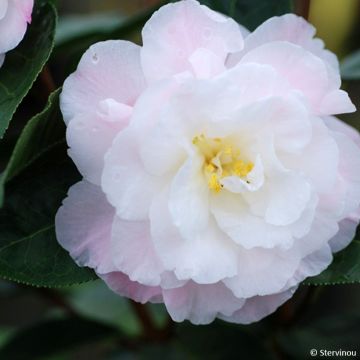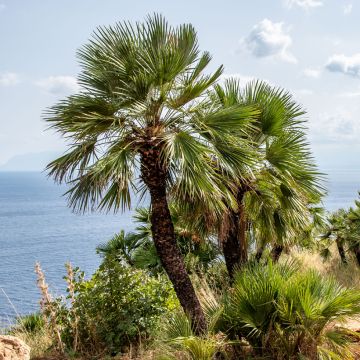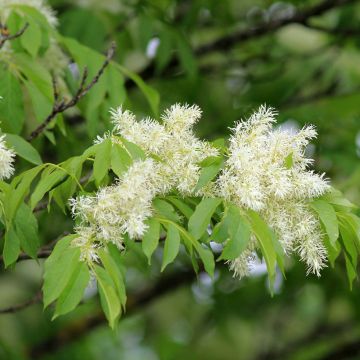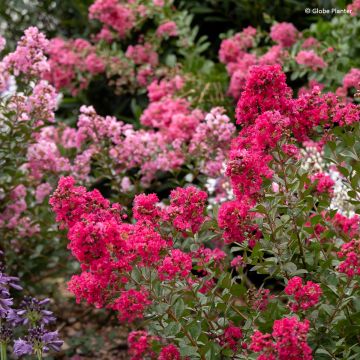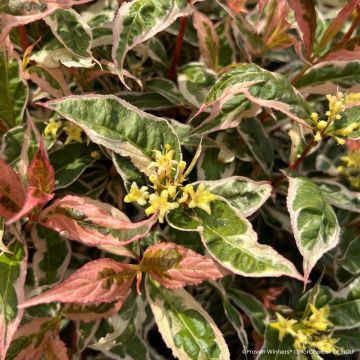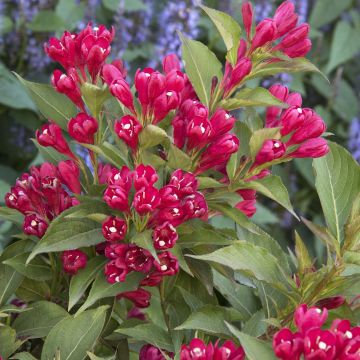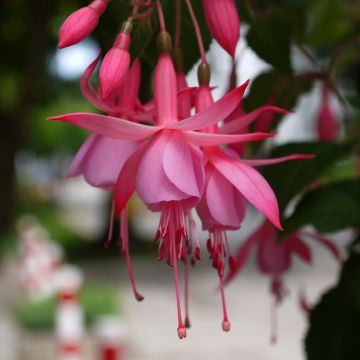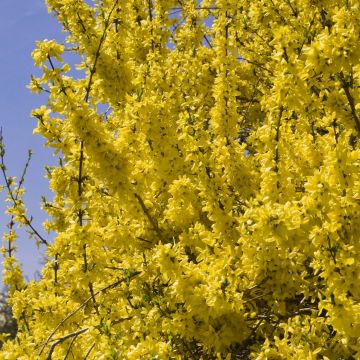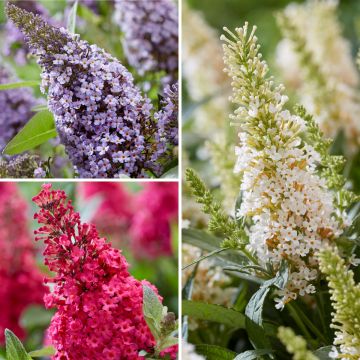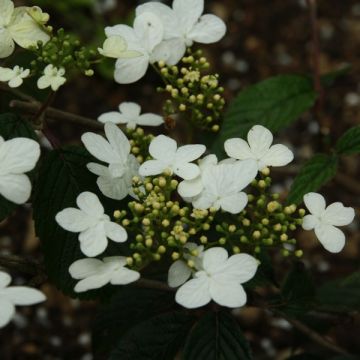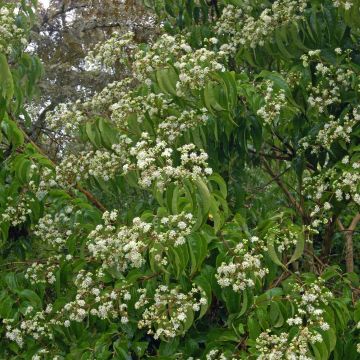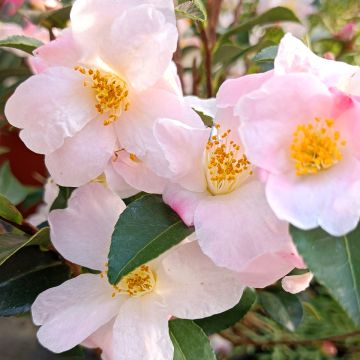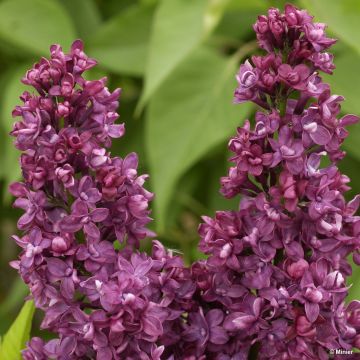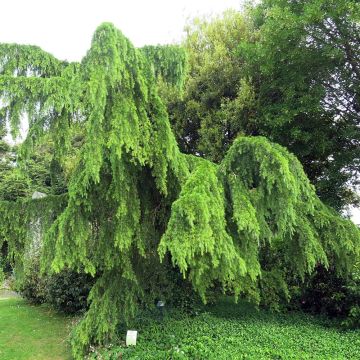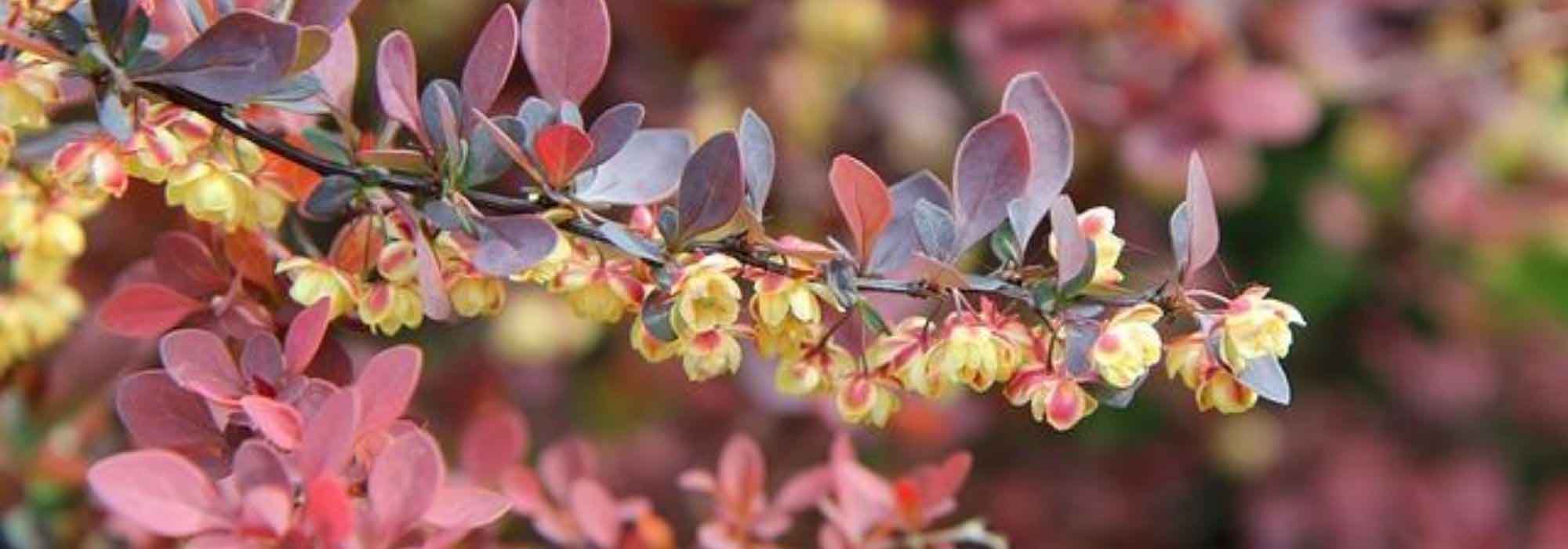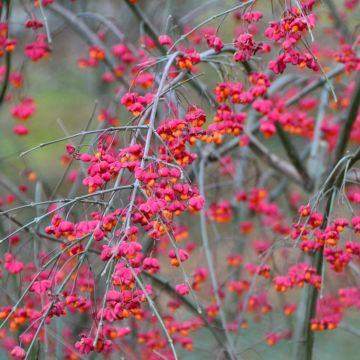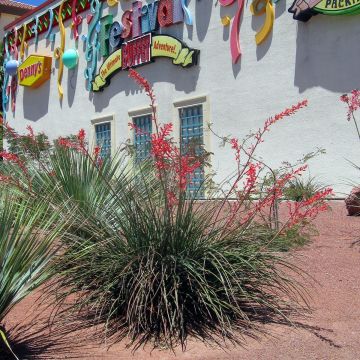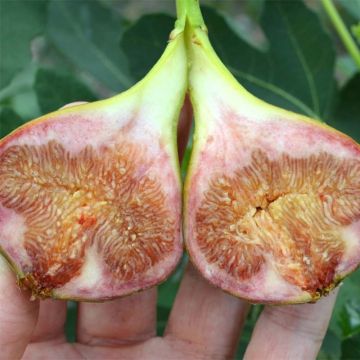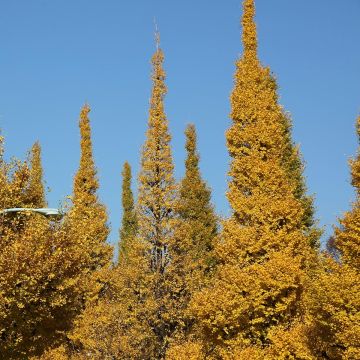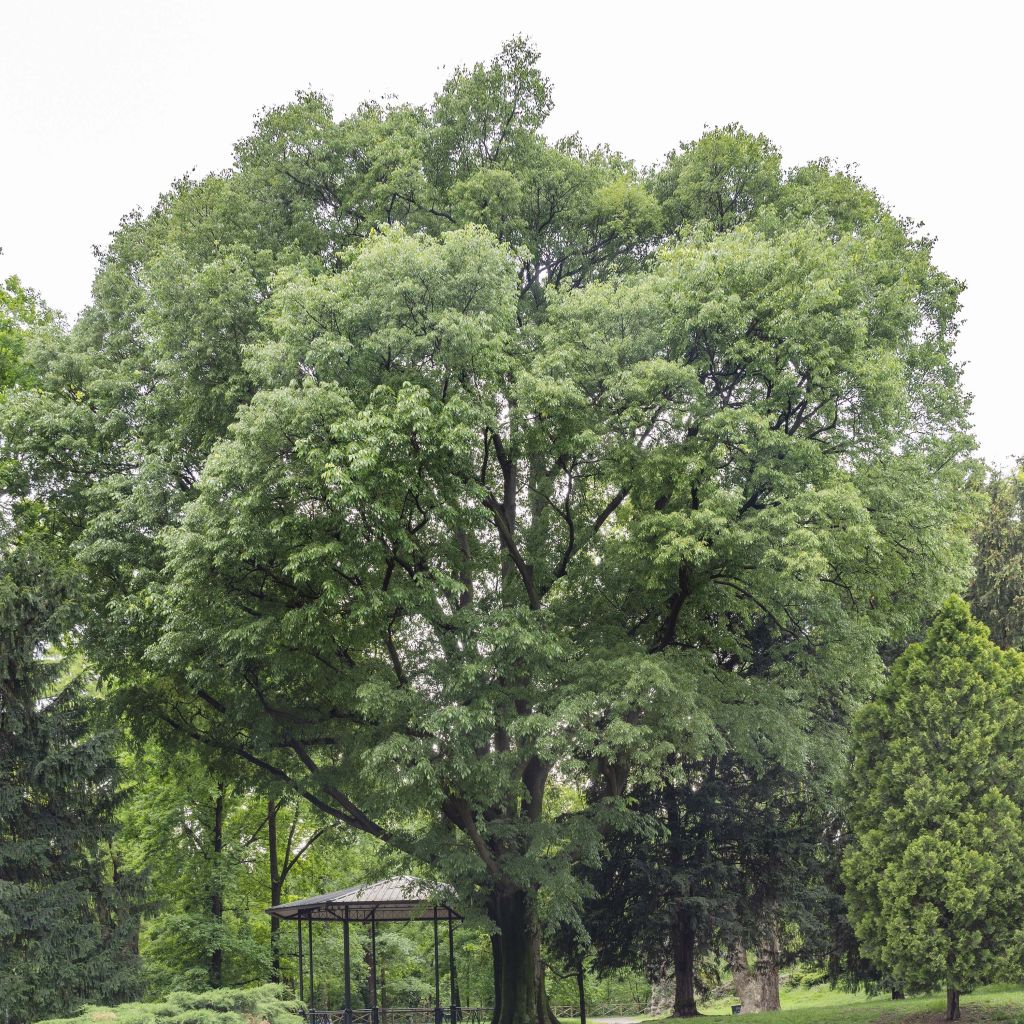

Celtis australis - Micocoulier de Provence
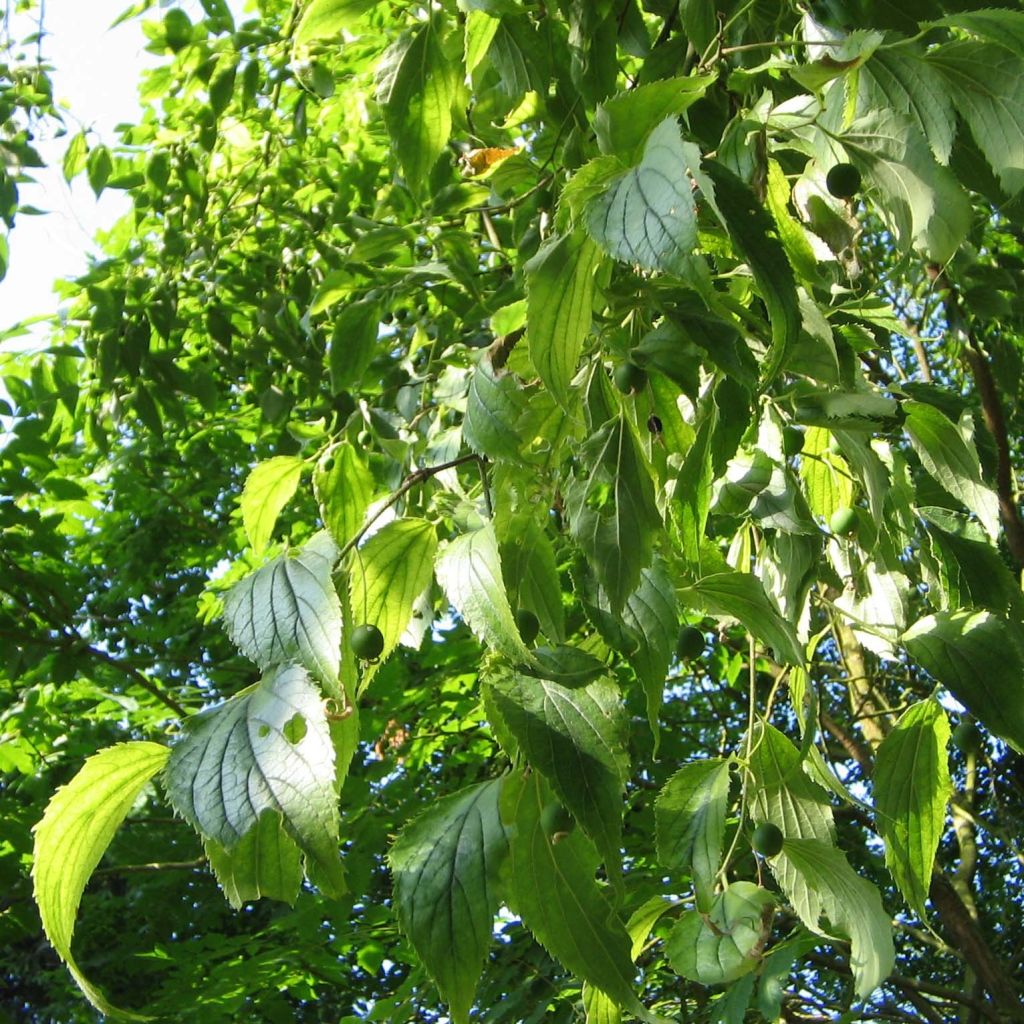

Celtis australis - Micocoulier de Provence
Celtis australis
Celtis australis
European Hackberry, Mediterranean Hackberry, European Nettle Tree, Lote Tree. Honeyberry of Greece
Special offer!
Receive a €20 voucher for any order over €90 (excluding delivery costs, credit notes, and plastic-free options)!
1- Add your favorite plants to your cart.
2- Once you have reached €90, confirm your order (you can even choose the delivery date!).
3- As soon as your order is shipped, you will receive an email containing your voucher code, valid for 3 months (90 days).
Your voucher is unique and can only be used once, for any order with a minimum value of €20, excluding delivery costs.
Can be combined with other current offers, non-divisible and non-refundable.
Why not try an alternative variety in stock?
View all →This plant carries a 24 months recovery warranty
More information
We guarantee the quality of our plants for a full growing cycle, and will replace at our expense any plant that fails to recover under normal climatic and planting conditions.
Would this plant suit my garden?
Set up your Plantfit profile →
Description
Celtis australis, better known as the European Hackberry, is a large tree commonly found in the south of France. With its beautiful dark green deciduous foliage, it has a spreading to rounded dense habit. It will grow quickly in southern regions, but a bit slower in cooler climates. This sun-loving plant is sensitive to prolonged freezing periods. Often used individually or as a street tree in cities thanks to its good tolerance to pollution, the European Hackberry thrives in deep, moist, and well-drained soil, and can tolerate poor or slightly alkaline soils. Plant it in a sunny position, sheltered from cold winds.
Native to southern Europe and western Asia, Celtis australis is widespread in the Mediterranean region, where it grows in hedges and on slopes. In France, this light-demanding species is found in lowland and low mountain areas, which provide the fertile, deep, moist, and alkaline soils it prefers. The European Hackberry was once cultivated for its edible fruits as well as its flexible and resistant wood, used for making tool handles. Today, it is primarily planted as a shade or street tree, especially in urban areas where it shows excellent tolerance to pollution. This large deciduous tree also exhibits great longevity, sometimes living up to 500 years. It grows rapidly in southern regions, reaching heights of 25m (82ft) with a spread of 15m (49ft). In cooler regions, its growth will be slower and more moderate. It can withstand temperatures as low as -15°C (5°F), but suffers during prolonged cold spells.
At maturity, this single-trunk tree has a spreading and rounded crown. Its foliage is deciduous, with alternate, ovate leaves measuring 10 to 15 cm (4 to 6in) in length, finely toothed and rough. The leaves are shiny dark green on the upper surface, with a greyish underside that turns pale yellow in autumn. The inconspicuous flowering occurs during bud burst. In June, it gives way to small, round, fleshy fruits (drupes) that are green and then turn reddish-black when ripe in early autumn. These fruits are edible and were once used to flavour liqueurs. They are also highly appreciated by birds. The bark of this tree is grey, almost smooth, with numerous shallow longitudinal cracks.
Celtis australis is an easy-to-grow tree, magnificent when planted individually in a park, for example. It is often used as a street tree to line large avenues. It should be planted in a sunny location, sheltered from cold winds in regions north of the Loire River. Make sure to plant it in soil deep enough to allow its roots to develop properly and withstand long periods of summer drought.
Report an error about the product description
Celtis australis in pictures


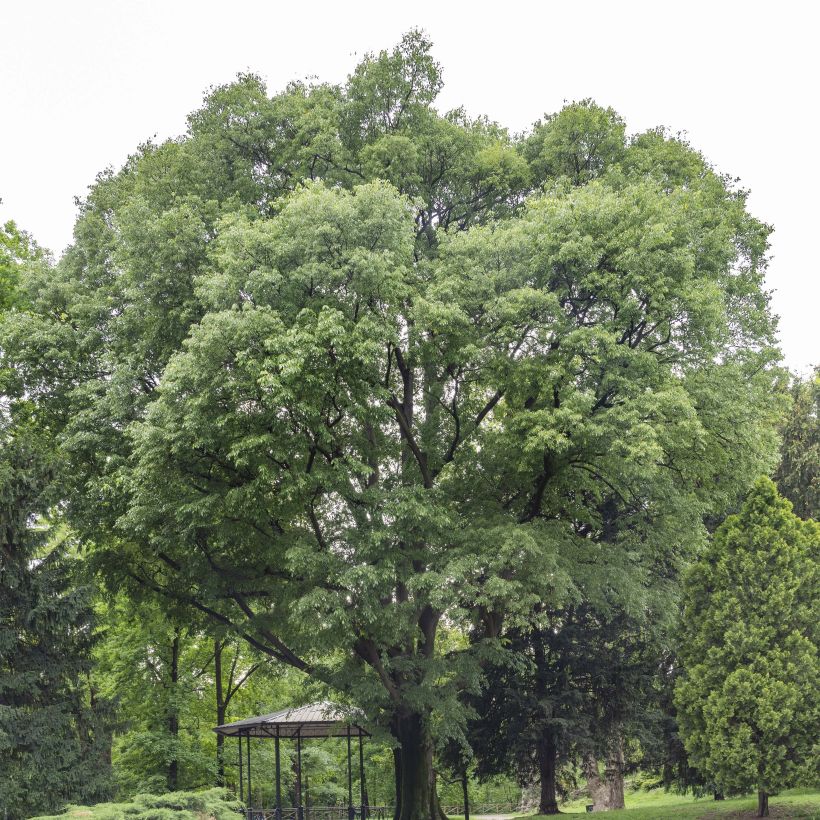

Plant habit
Flowering
Foliage
Botanical data
Celtis
australis
Cannabaceae
European Hackberry, Mediterranean Hackberry, European Nettle Tree, Lote Tree. Honeyberry of Greece
Mediterranean
Other Shrubs A to Z
View all →Planting and care
Celtis australis can be planted in spring or autumn in all deep and damp soils, even poor ones, in a sunny position. It tolerates the presence of limestone in the soil, but requires a sufficiently deep soil to accommodate its powerful root system. Keep the soil moist during the first two summers following planting. Mulching can be beneficial to maintain good soil moisture. Pruning can be done on young plants for shaping, and then every 3 years to balance the branches and maintain a harmonious habit.
Planting period
Intended location
Care
Planting & care advice
This item has not been reviewed yet - be the first to leave a review about it.
Similar products
Haven't found what you were looking for?
Hardiness is the lowest winter temperature a plant can endure without suffering serious damage or even dying. However, hardiness is affected by location (a sheltered area, such as a patio), protection (winter cover) and soil type (hardiness is improved by well-drained soil).

Photo Sharing Terms & Conditions
In order to encourage gardeners to interact and share their experiences, Promesse de fleurs offers various media enabling content to be uploaded onto its Site - in particular via the ‘Photo sharing’ module.
The User agrees to refrain from:
- Posting any content that is illegal, prejudicial, insulting, racist, inciteful to hatred, revisionist, contrary to public decency, that infringes on privacy or on the privacy rights of third parties, in particular the publicity rights of persons and goods, intellectual property rights, or the right to privacy.
- Submitting content on behalf of a third party;
- Impersonate the identity of a third party and/or publish any personal information about a third party;
In general, the User undertakes to refrain from any unethical behaviour.
All Content (in particular text, comments, files, images, photos, videos, creative works, etc.), which may be subject to property or intellectual property rights, image or other private rights, shall remain the property of the User, subject to the limited rights granted by the terms of the licence granted by Promesse de fleurs as stated below. Users are at liberty to publish or not to publish such Content on the Site, notably via the ‘Photo Sharing’ facility, and accept that this Content shall be made public and freely accessible, notably on the Internet.
Users further acknowledge, undertake to have ,and guarantee that they hold all necessary rights and permissions to publish such material on the Site, in particular with regard to the legislation in force pertaining to any privacy, property, intellectual property, image, or contractual rights, or rights of any other nature. By publishing such Content on the Site, Users acknowledge accepting full liability as publishers of the Content within the meaning of the law, and grant Promesse de fleurs, free of charge, an inclusive, worldwide licence for the said Content for the entire duration of its publication, including all reproduction, representation, up/downloading, displaying, performing, transmission, and storage rights.
Users also grant permission for their name to be linked to the Content and accept that this link may not always be made available.
By engaging in posting material, Users consent to their Content becoming automatically accessible on the Internet, in particular on other sites and/or blogs and/or web pages of the Promesse de fleurs site, including in particular social pages and the Promesse de fleurs catalogue.
Users may secure the removal of entrusted content free of charge by issuing a simple request via our contact form.
The flowering period indicated on our website applies to countries and regions located in USDA zone 8 (France, the United Kingdom, Ireland, the Netherlands, etc.)
It will vary according to where you live:
- In zones 9 to 10 (Italy, Spain, Greece, etc.), flowering will occur about 2 to 4 weeks earlier.
- In zones 6 to 7 (Germany, Poland, Slovenia, and lower mountainous regions), flowering will be delayed by 2 to 3 weeks.
- In zone 5 (Central Europe, Scandinavia), blooming will be delayed by 3 to 5 weeks.
In temperate climates, pruning of spring-flowering shrubs (forsythia, spireas, etc.) should be done just after flowering.
Pruning of summer-flowering shrubs (Indian Lilac, Perovskia, etc.) can be done in winter or spring.
In cold regions as well as with frost-sensitive plants, avoid pruning too early when severe frosts may still occur.
The planting period indicated on our website applies to countries and regions located in USDA zone 8 (France, United Kingdom, Ireland, Netherlands).
It will vary according to where you live:
- In Mediterranean zones (Marseille, Madrid, Milan, etc.), autumn and winter are the best planting periods.
- In continental zones (Strasbourg, Munich, Vienna, etc.), delay planting by 2 to 3 weeks in spring and bring it forward by 2 to 4 weeks in autumn.
- In mountainous regions (the Alps, Pyrenees, Carpathians, etc.), it is best to plant in late spring (May-June) or late summer (August-September).
The harvesting period indicated on our website applies to countries and regions in USDA zone 8 (France, England, Ireland, the Netherlands).
In colder areas (Scandinavia, Poland, Austria...) fruit and vegetable harvests are likely to be delayed by 3-4 weeks.
In warmer areas (Italy, Spain, Greece, etc.), harvesting will probably take place earlier, depending on weather conditions.
The sowing periods indicated on our website apply to countries and regions within USDA Zone 8 (France, UK, Ireland, Netherlands).
In colder areas (Scandinavia, Poland, Austria...), delay any outdoor sowing by 3-4 weeks, or sow under glass.
In warmer climes (Italy, Spain, Greece, etc.), bring outdoor sowing forward by a few weeks.































